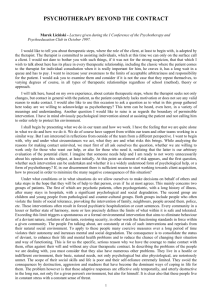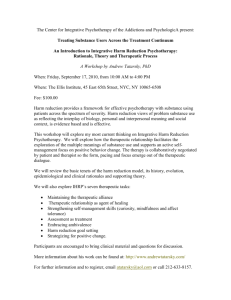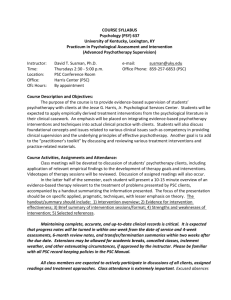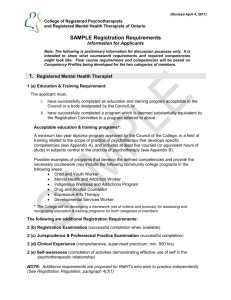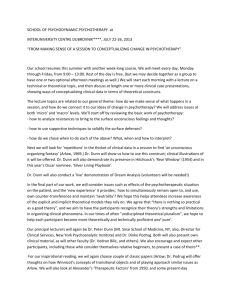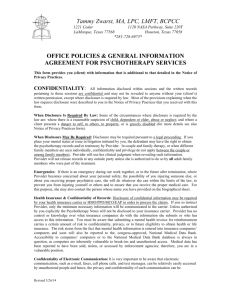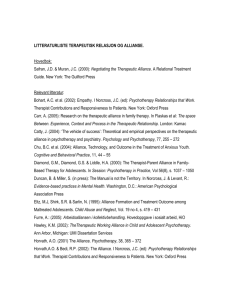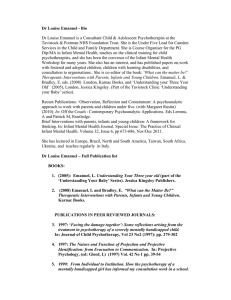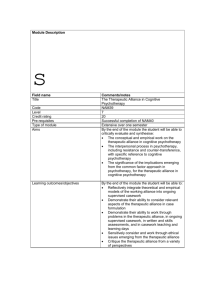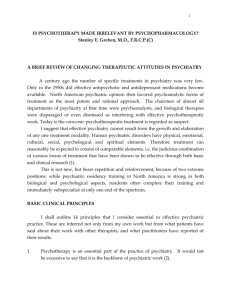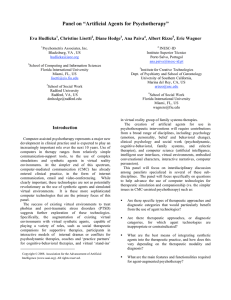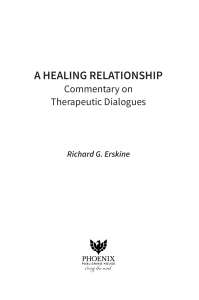A qualitative study into the
advertisement
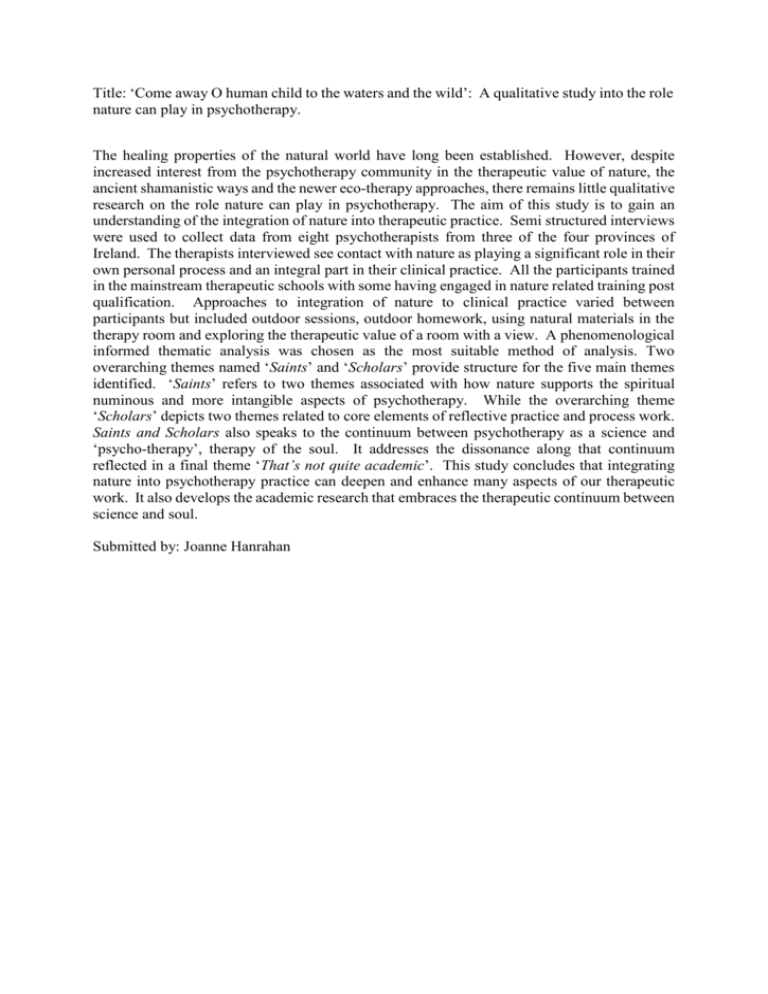
Title: ‘Come away O human child to the waters and the wild’: A qualitative study into the role nature can play in psychotherapy. The healing properties of the natural world have long been established. However, despite increased interest from the psychotherapy community in the therapeutic value of nature, the ancient shamanistic ways and the newer eco-therapy approaches, there remains little qualitative research on the role nature can play in psychotherapy. The aim of this study is to gain an understanding of the integration of nature into therapeutic practice. Semi structured interviews were used to collect data from eight psychotherapists from three of the four provinces of Ireland. The therapists interviewed see contact with nature as playing a significant role in their own personal process and an integral part in their clinical practice. All the participants trained in the mainstream therapeutic schools with some having engaged in nature related training post qualification. Approaches to integration of nature to clinical practice varied between participants but included outdoor sessions, outdoor homework, using natural materials in the therapy room and exploring the therapeutic value of a room with a view. A phenomenological informed thematic analysis was chosen as the most suitable method of analysis. Two overarching themes named ‘Saints’ and ‘Scholars’ provide structure for the five main themes identified. ‘Saints’ refers to two themes associated with how nature supports the spiritual numinous and more intangible aspects of psychotherapy. While the overarching theme ‘Scholars’ depicts two themes related to core elements of reflective practice and process work. Saints and Scholars also speaks to the continuum between psychotherapy as a science and ‘psycho-therapy’, therapy of the soul. It addresses the dissonance along that continuum reflected in a final theme ‘That’s not quite academic’. This study concludes that integrating nature into psychotherapy practice can deepen and enhance many aspects of our therapeutic work. It also develops the academic research that embraces the therapeutic continuum between science and soul. Submitted by: Joanne Hanrahan
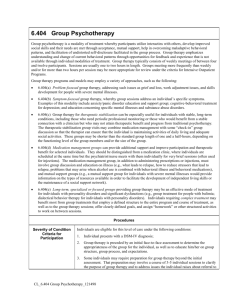

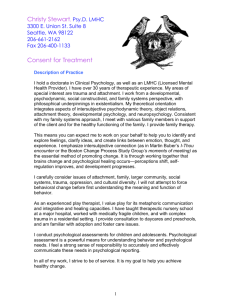

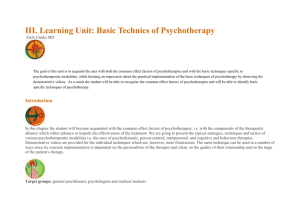
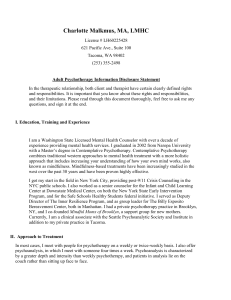
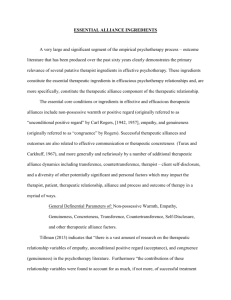
![UW2 - Psychiatric Treatments [2014]](http://s3.studylib.net/store/data/006859622_1-db6167287f6c6867e59a56494e37a7e7-300x300.png)
